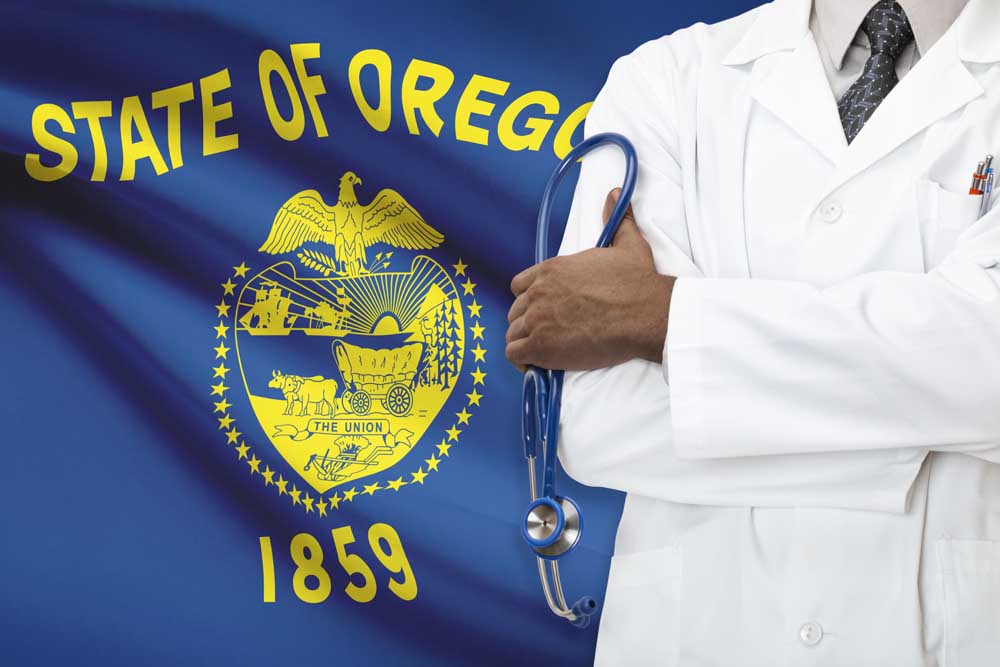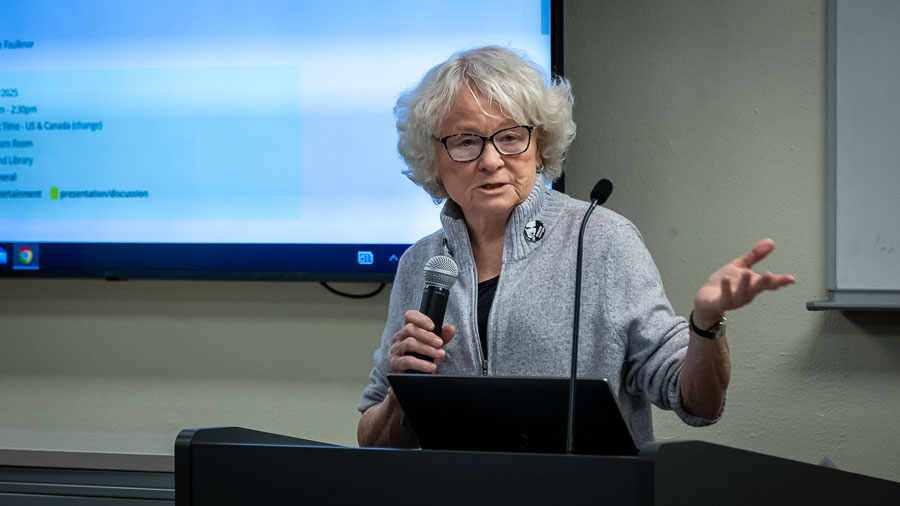OTHER VIEWS: How should Oregon decide who gets health care in a crisis?
Published 5:45 am Monday, July 3, 2023

- Oregon doctor
A disabled woman was taken to the hospital in Pendleton at the start of the COVID-19 pandemic. She was having trouble breathing. She was denied access to a ventilator.
A ventilator was available. A doctor wanted her to sign a form permitting the hospital to refuse her care because she had “a low quality of life,” according to NPR.
In the end, the woman was transferred to another hospital and got the care she needed.
That incident and others like it forced a conversation in Oregon about access to care for the disabled. It also fed into a debate over rationing care — who should get access to health care when there isn’t enough to go around.
The need to ration care happened during the pandemic. It can happen during natural disasters. It will happen again.
The state developed guidelines. A state committee, the Oregon Resource Allocation Advisory Committee, has been considering further changes. It is scheduled to discuss draft recommendations on Thursday. The draft report was not posted on the committee’s website as of Wednesday morning. We requested it and received a copy.
The draft recommendations are cautious and not decisive. That is not necessarily wrong. Decisions about rationing care don’t come with a facile shortcut.
There are three components — principles, decision-makers and the decision tool.
The report recommends that Oregon stick to the principles it has in place: nondiscrimination; health equity; transparent communication of what is being done; and what it now would like to refer to as “patient-centered, shared decision-making.”
A triage team would be responsible for making the decisions. The existing guidelines recommend that a triage team include clinicians with relevant experience, a medical ethicist, an expert in diversity, equity and inclusion and an administrative assistant. The committee also recommended including a person such as a community health worker and an interpreter.
That’s the team. They still need a method of making a decision. The options considered included:
- Clinical prognosis. It uses an assessment from the team about “how likely a patient is to respond to treatment and survive their immediate hospitalization.”
- Equitable chances. It is like a lottery approach. If there are patients with similar likelihood of survivability with treatment, hold a drawing and see who wins.
- Essential worker. It gives priority to medical personnel or others who are needed because of a particular emergency.
- The multiplier effect. It is picking patients for treatment based on their ability to then turn around and save other people’s lives based on their occupation.
- The life cycle principle. It classifies people based on age to give preference to people who have not had the opportunity to live the stages of a life.
- Sequential organ failure assessments. They are published tools that estimate how likely a person is to survive if discharged.
There’s concern that life cycle is, of course, biased against older people and that organ failure assessments have racial bias baked in.
Clinical prognosis was the most common triage method recommended by the committee.
The draft report is transparent that clinical prognosis is imperfect. Discrimination and bias can creep in. There’s always concern that inadequate consideration is given to the disabled, racism and other forms of inequality. Clinicians can also differ over a patient’s survivability. And in some cases with clinical prognosis, it will be necessary to reach for one of the other tools to help make a decision.
We are not qualified to say clinical prognosis is the right answer. It does seem to be a good answer for terrible situations.










